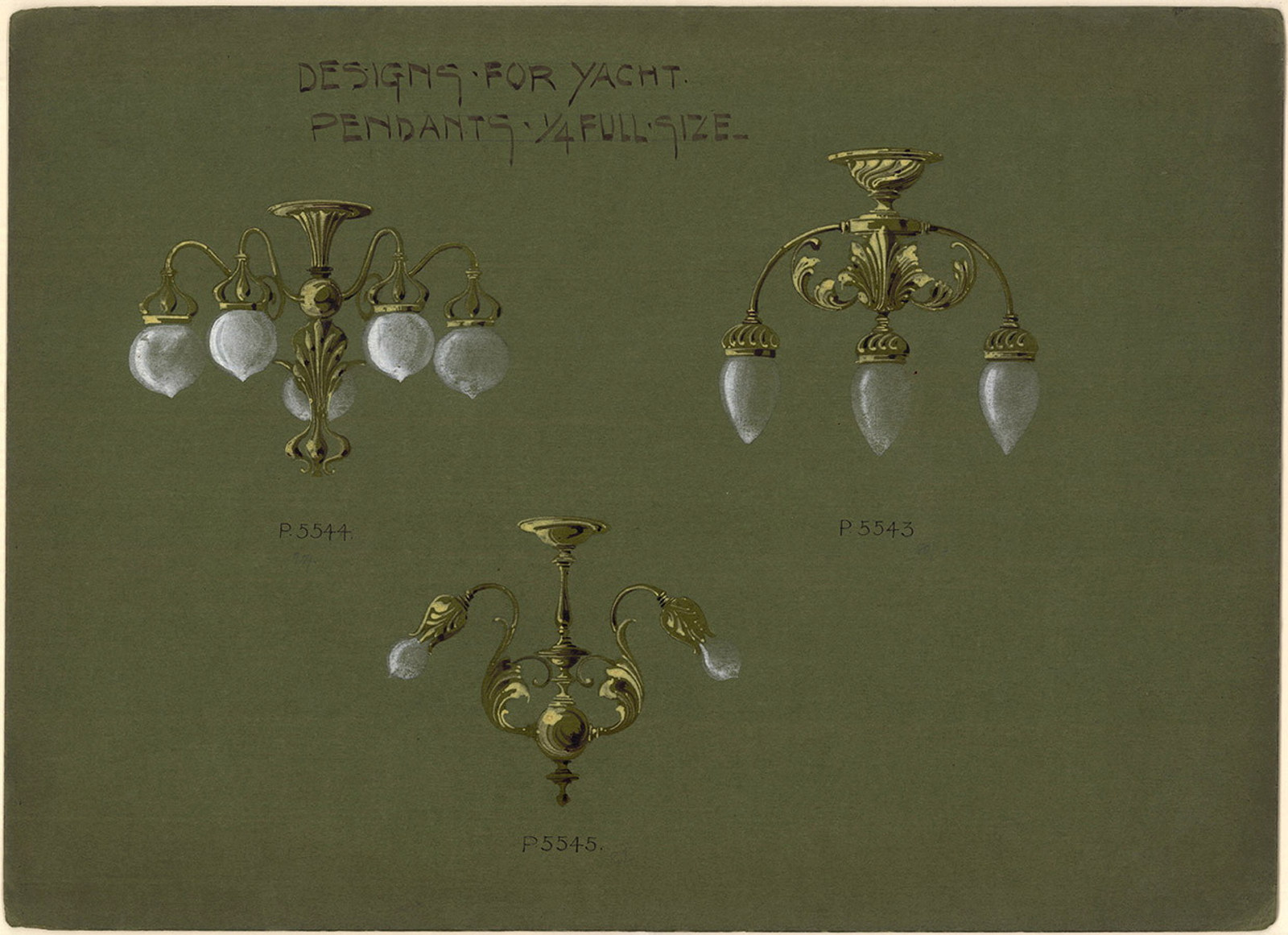Architectural pattern books
First popularised in the 18th century, architectural pattern books were created to share architectural styles and knowledge and offered a variety of models to inspire architects, builders and the general populace. Each pattern book typically featured illustrations of a variety of buildings, accompanying floor plans and a description of the advantages of each model.
There were pattern books for all sizes of homes, from mansions to humble cottages, and featuring both tried and untried designs. The first two to arrive in Sydney were brought out in the luggage of Elizabeth Macquarie, the wife of the governor of NSW. Both books were authored by architect and surveyor Edward Gyfford and published in London.
The earlier pattern books in the collection were published in England, but from the middle of the 19th century, pattern books also came from France, Scotland and the United States of America. Many of these books had a global reach, and Australians were keenly interested in the latest architectural ideas.
Australian pattern books appeared at the end of the 19th century and were published by a range of players, including architects, banks, building societies, department stores and home magazines. And some trade catalogues aimed at the building trades looked like architectural pattern books – Sydney timber and joinery merchants like Goodlet & Smith and Saxton & Binns illustrated complete houses that could be purchased off the page.
After World War II, Australia’s extreme shortage of houses, building materials and labour spawned a new interest in pattern books, often titled ‘home plans’. Many of these booklets featured simple plans for the amateur home builder, while others were more sophisticated, introducing elements of modernism to the Australian suburbs. The 1960s marked the dawn of the project home builder, mostly large building companies like Lend Lease and AV Jennings. These firms offered pre-designed homes for people to physically inspect, although the display homes also came with accompanying booklets that resembled architectural pattern books.
Related

The architectural pattern books of Elizabeth Macquarie
The architectural achievements of Governor Macquarie’s era are usually attributed to Macquarie’s architect Francis Greenway. Yet evidence collected during an inquiry into the state of the colony of NSW in the early 1820s includes references to the involvement of the governor’s wife, Elizabeth Macquarie, in matters architectural
Collection strengths
Browse all
Furnishing textiles in Australia: 1850-1920
The Caroline Simpson Library holds numerous examples of textile furnishings provenanced to NSW homes dating back to the 1850s

Post-war Sydney home plans 1945 to 1959
For architects and prospective homeowners alike, the most seductive promise of the immediate postwar years was the prospect of a clean slate, an opportunity to build new, light-filled, houses appropriate to Australian conditions

Colonial plants database
The Colonial plants database includes more than 11,000 listings of plants known to be available in the colony of NSW prior to the 1870s

Sydney's home furnishing stores
Sydney's home furnishing stores, 1890-1960
This online exhibition has been inspired by the trade literature from Sydney’s furniture and furnishing retailers, with all the illustrations sourced from the Caroline Simpson Collection

A world of designs
Trade catalogues, published to illustrate the products for sale from a manufacturer, wholesaler or retailer, reveal the surprising wealth of choice available to Australian consumers in the 19th century

Documenting NSW Homes
Recorded for the future: documenting NSW homes
The Caroline Simpson Library has photographically recorded homes since 1989
